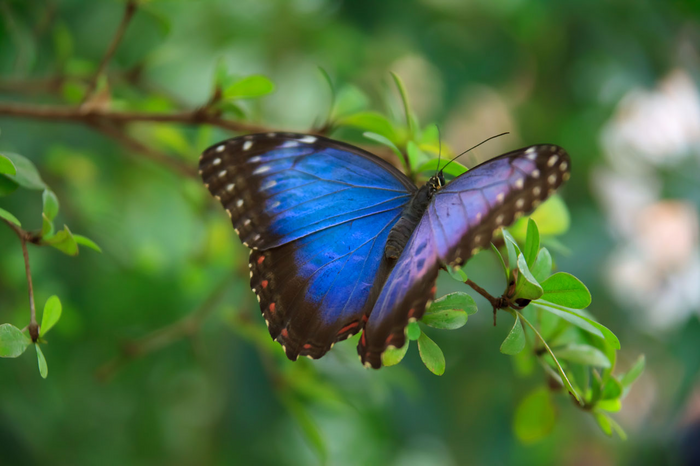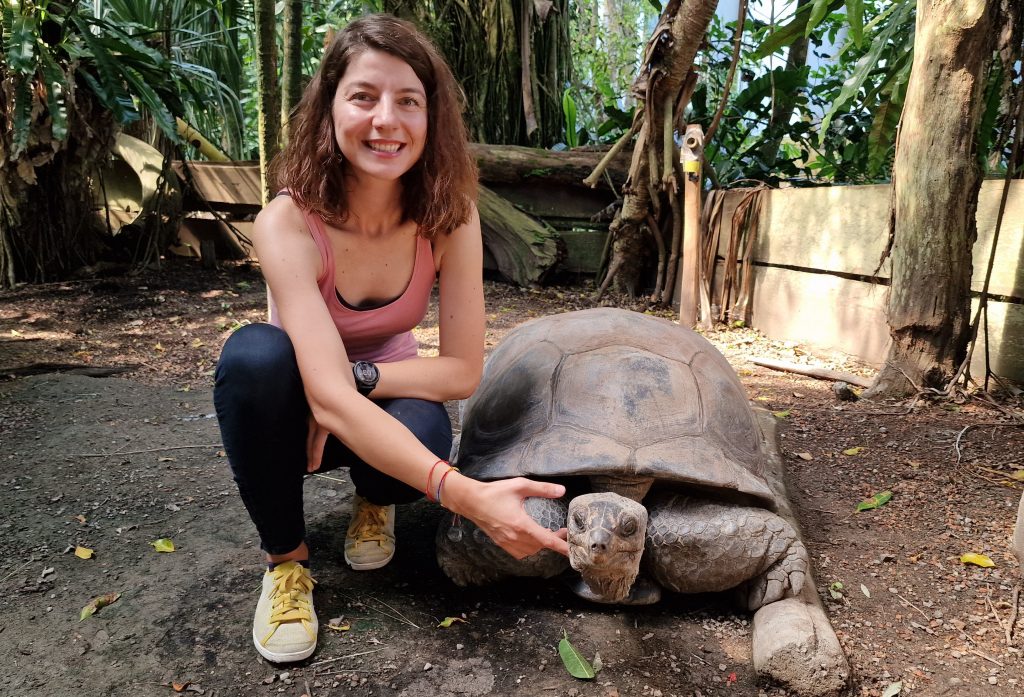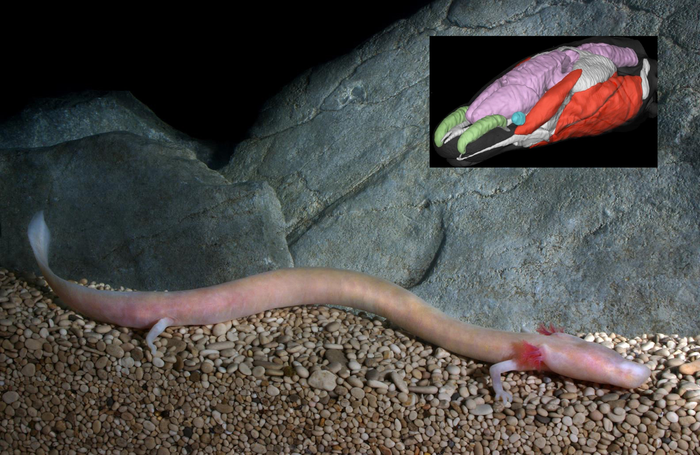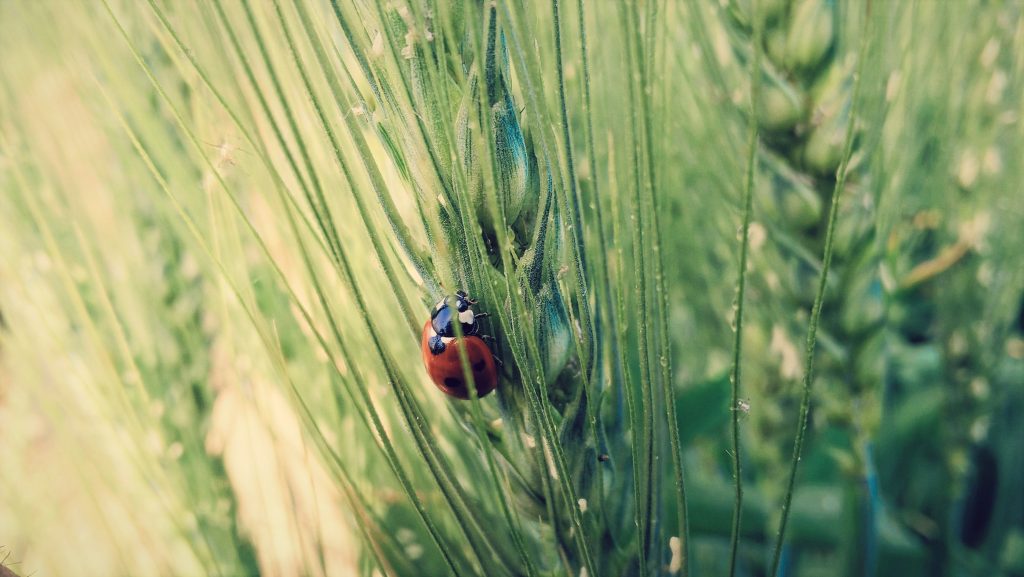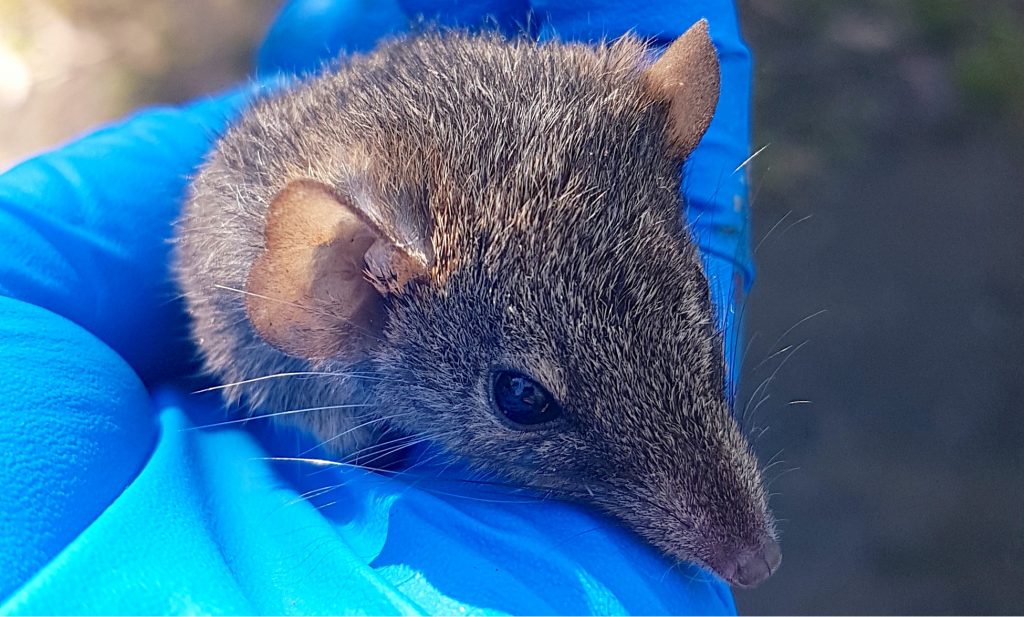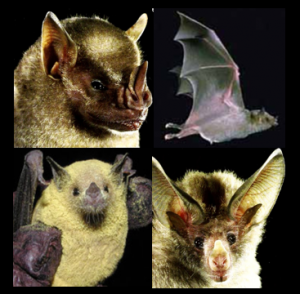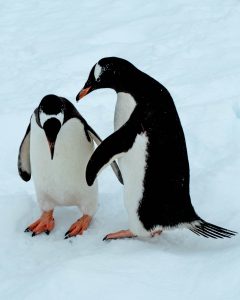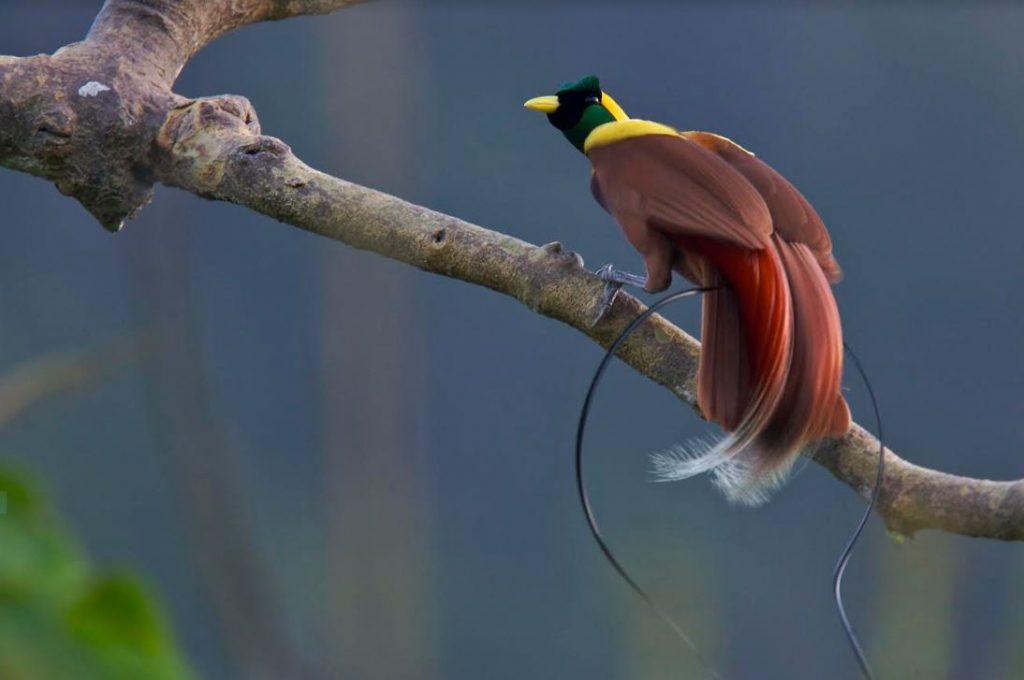
In the beginning GigaScience was at the first AsiaEvo conference, which took place in Shenzhen, China in 2019. Back then, the chair of the first AsiaEvo Conference, Guojie Zhang (longtime friend and board member of GigaScience ) said of the history of the AsiaEvo meeting series:

